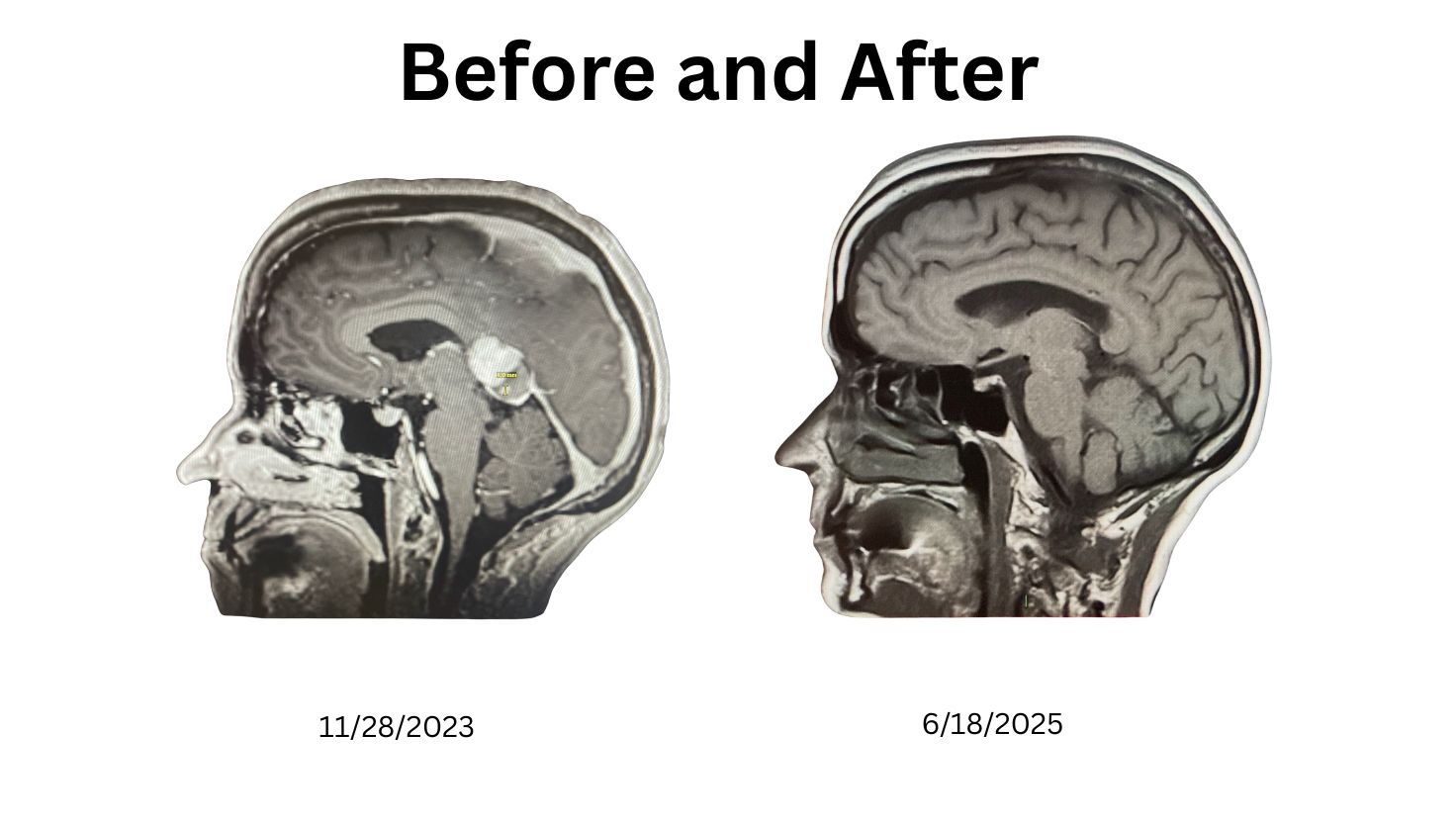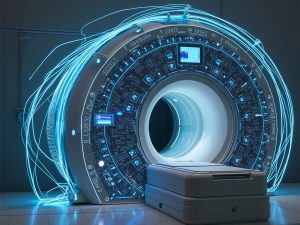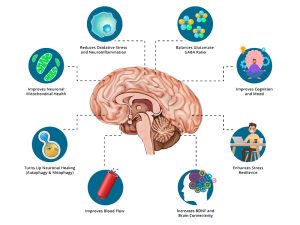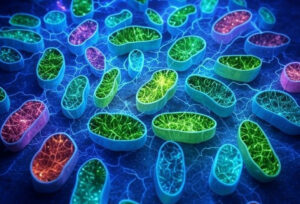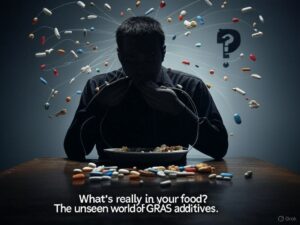Data-backed remission after stopping chemotherapy. Breath, fasting, whole-food nutrition, and chemical-free living proved more than supportive—they may have been the key.
By Linda Wulf
When I was diagnosed with primary CNS lymphoma in November 2023, I faced what medicine typically labels a grim prognosis. The lesion—deep in the corpus callosum—was declared inoperable. I underwent four chemotherapy sessions between December and January, but after reviewing the risks, the lack of testing for my cancer type, and the impact on my immune system, I made a different decision.
I stopped chemotherapy in January 2024—Cancer Recovery.
The decision to stop chemotherapy was a pivotal moment in my journey towards Cancer Recovery. I realized that taking control of my health was essential in my fight against this disease.
Since that time, I’ve followed a non-traditional but carefully reasoned path: breathwork, fasting, whole-food nutrition, and chemical-free living. It wasn’t about rejecting science—it was about asking the kind of questions science hasn’t yet fully answered.
Seventeen months later, the data is in: I remain stable, symptom-free, and stronger than ever.
Embracing a holistic approach, I discovered that each aspect of my lifestyle contributed to my Cancer Recovery. Breathwork, nutrition, and more became part of my healing process.
The Scans Tell the Story
Here is what my medical records show:
- November 28, 2023 (Mayo Clinic): A large tumor in the corpus callosum, likely CNS lymphoma, measuring nearly 5 cm.
- January 4, 2024: Scan taken during chemotherapy cycle shows “significantly decreased zone of T2 signal abnormality.”
- February 17, 2024: Continued improvement with “moderately decreased enhancement.”
- April 13, 2024: Mild residual lesion; no new abnormalities.
- July 17, 2024: No residual contrast enhancement. Described as “likely secondary to treated lymphoma.”
- October 30, 2024 ( non-contrast): Mild increase in brain signal noted, though no IV contrast was used to confirm active enhancement. I believe this was likely related to a dental infection that had not yet fully resolved.**
- June 19, 2025 (most recent): Stable post-biopsy changes. No masses. No new white matter signal abnormalities. No active disease.
- Since January 2024, I’ve had zero chemotherapy—and no confirmed tumor progression. This was clinically reaffirmed by my June 2025 MRI: no progression, no enhancement, no active disease.
** The October scan—while initially concerning—aligned with an ongoing dental issue. I had undergone a new implant procedure on June 12, 2024; the implant was noted to be loose by late June. On August 7, 2024, the implant was removed and infection was again confirmed. In hindsight, I believe the October scan reflected my body’s immune response to this lingering infection, not cancer progression.
What Changed: A Different Protocol
Instead of continuing chemotherapy beyond four sessions, I took a different path based on four key interventions:
Breathwork
What began as a spiritual practice became, unexpectedly, a therapeutic tool grounded in measurable outcomes. I began practicing deep breathing on my own—largely freestyle but similar in rhythm to box breathing—well before I ever read James Nestor’s book. Months later, I discovered Breath: The New Science of a Lost Art and realized that some of his recommended techniques closely mirrored what I was already doing. His book outlines several scientifically supported methods.
I particularly recommend readers explore the breath-holding techniques and gentle head movements that, in my experience, seem to facilitate lymph fluid movement in the neck and head. These complemented practices like Wim Hof’s method, Buteyko breathing, and the protocols discussed across several episodes of Andrew Huberman’s podcast. Each episode covers different techniques with scientific depth—focusing on oxygen efficiency, tolerance, vagus nerve stimulation, and nervous system regulation. What started as a spiritual ritual morphed into biochemical experiments for me.
Breathwork may have done more than support my immune system—it helped eliminate something deeper. I’ve long believed my cancer originated from a chronic dental infection. Initially when I arrived at Mayo, I was given heavy antibiotics. Before I finalized the decision to leave chemotherapy, I visited my periodontist. It was during that visit that I began to realize that the breathwork had started to address the chronic aspect of the infection—its deep, embedded toxicity—was finally beginning to resolve itself. I now believe breathwork played a pivotal role in helping my body push out what had been stuck for decades.
The integration of various practices played a significant role in my Cancer Recovery. I learned how addressing every facet of health could lead to remarkable outcomes.
Fasting & Autophagy
Early in the journey, inspired by physicians like Dr. Pradeep Jamnadas, I used intermittent and extended fasting to stimulate autophagy and mitophagy—mechanisms that promote the cleanup of damaged or malfunctioning cells, supporting neurological repair and systemic healing. Longer fasts—especially those lasting 48–72 hours—have been shown to protect hematopoietic stem cells and promote immune system regeneration by reducing IGF-1 and PKA signaling, even reversing chemotherapy-induced immunosuppression (Hine & Mitchell, 2014).
Whole-Food Nutrition
While fasting gave my cells time to clean house, the fuel they used had to be clean. I focused on nutrient-dense whole foods—organic vegetables, fruits, eggs, and lean proteins. I eliminated processed foods and refined sugars entirely. It was simple: if it wasn’t real, I didn’t eat it. That included so-called “health” products like supplements and protein powders – because no matter how well-marketed, [they] are not real food. The energy mitochondria produce depends on the quality of the food we give them. No energy in, no healing out.
Chemical-Free Living
The more I learn, the less I consume. Well before my diagnosis, I had eliminated synthetic vitamins. At the time I was diagnosised I eliminated all sugar and anything I believed might interfere with healing. But over the past year, my awareness of endocrine-disrupting chemicals—in foods, packaging, personal care products, pharmaceuticals, over the counter drugs and household environments—has deepened. Today, I actively work to eliminate those chemicals from every part of my life. This late-stage realization has become essential to sustaining health and reducing cellular stress. I now view chemical-free living not as a preference, but as a foundation for long-term healing and resilience.
By minimizing toxins, I enhanced my body’s ability to pursue Cancer Recovery. This awareness was crucial in my journey towards optimal health.
Challenging the Protocol
The standard treatment for primary CNS lymphoma typically includes high-dose methotrexate and, in some cases, temozolomide (Temodar). But as I discovered through lived experience, many of the drugs prescribed for rare cancers—especially aggressive brain tumors—are experimental in nature, even if that fact isn’t always clearly communicated.
Temozolomide, for instance, is not FDA-approved for primary CNS lymphoma, yet it was included in my regimen. It is well-documented to deplete lymphocytes—the very immune cells my body needed to recover and defend itself. I had a violent reaction to it and stopped taking it almost immediately.
I also experienced severe or adverse responses to several other medications: rituximab, which triggered a dangerous reaction; leucovorin, which left me deeply depleted; and vancomycin, which led to an official allergy designation. At the time, I may have been told that some of these drugs were off-label or non-standard—but I can’t say I fully grasped the implications. In hindsight, I realize I had entered a protocol where trial-and-error was the norm.
And that’s the quiet truth few patients with rare diseases are told: we are often enrolled in real-time drug experimentation without the benefit of fully informed consent.
Eventually, I chose to step away. I stopped participating in the cycle. I chose to listen to my body, my scans, and my experience.
And the results have spoken for themselves.
This Isn’t Just Personal—It’s a Call to Reassess
This journey is not just personal; it represents a collective need for change in the approach to Cancer Recovery. We must explore all avenues available to us.
There is a need for brave questioning within modern oncology. I’m not claiming breath cures cancer. I’m not suggesting fasting alone eradicates tumors. But I am saying this: the body has capacities we ignore—and when supported properly, they can change outcomes in ways that don’t yet fit into standard charts.
Through my personal experience, I advocate for a broader understanding of Cancer Recovery. There’s a wealth of knowledge in our bodies that deserves exploration.
I’m stable. I’m thriving. And my last MRI shows no signs of tumor activity 17 months after stopping chemotherapy. If that doesn’t warrant investigation, what does?
This is not medical advice, nor a recommendation to abandon treatment. It is a lived account of one person’s experience—and an invitation to question what we think we know.
References:
- Huberman Lab Podcast: https://www.hubermanlab.com — multiple episodes explore breathwork physiology; I recommend browsing to find what speaks to you.
- Nestor, James. Breath: The New Science of a Lost Art. Riverhead Books, 2020.
- Hof, Wim. The Wim Hof Method. Sounds True, 2020.
- Buteyko Clinic: https://buteykoclinic.com
- Jamnadas, Pradeep. Galen Foundation. https://www.galenfoundation.org
YouTube Video Fasting for Survival - Russell, R., et al. “Autophagy regulation by nutrient signaling.” Cell Research, 2014.
https://www.nature.com/articles/cr2013166 - Hine, C., & Mitchell, J. R. (2014). Saying no to drugs: Fasting protects hematopoietic stem cells from chemotherapy and aging. Cell Stem Cell, 14(6), 704–705. https://doi.org/10.1016/j.stem.2014.05.016
- US Food & Drug Administration. TEMODAR (temozolomide) Prescribing Information, Schering-Plough/Merck, 2016.
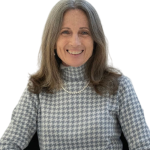
Linda Wulf
My journey with CNS lymphoma not only shaped my perspective on health but ignited a mission to uncover and educate about the myriad chemicals we encounter every day.


